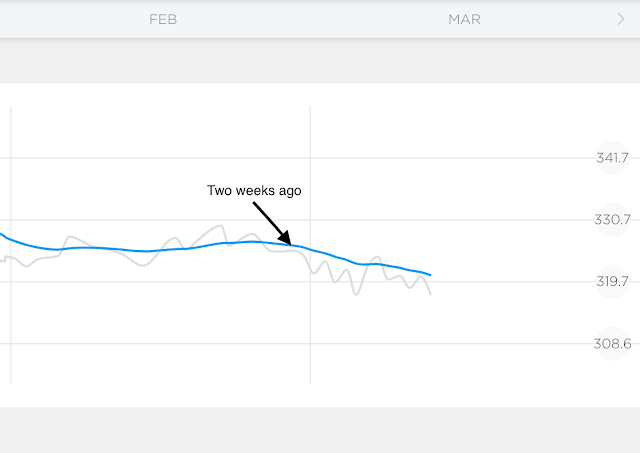I posted the following on The Fasting Methods discussion forum, we shall see what comes back:
Inevitably, I'm going to break a fast day. Even conceptualizing the fast as 'treatment', rather than 'diet', it is a sure bet that I will find myself having eaten on a fast day.
This type of lapse makes it very hard to get back with the program. I'm sure however, that successful people chalk an 'oops' up to just a passing thing, and keep on going.
Nobody is perfect.
Do you have any strategies or mindsets for dealing with this type of thing?
What came back
One way to think about a lapse:
I lapse regularly Tuesday, Thursday, Saturday, and Sunday. It's built into the program. So adding an extra off day shouldn't really be a big deal.
"Don't slash the tire"
If you get out of the car and the tire is flat, look for a way to re-inflate it. Don't say "well, it is flat, so I might as well slash the other tires." (Mess up in a controlled way. If you want to completely let yourself go, then choose to do that, but it's a choice.)
"Am I working toward my goal or away from my goal?"
"I'm not going to binge 'right now'."
Not never again. Just one moment at a time. The lower brain never gets to win.
"Dial it up, dial it back"
You have the option to dial the plan up, and dial the plan back. An example of dialing it up would be increasing the fasting time, or cutting out carbs. But there are also examples of dialing it back -- choose to switch to making the next 3 fasts 24 hour fasts (assuming you were doing 36 hour fasts), choose to allow fat fasting.

An additional idea
When I did my first 36 hour fast last week, it felt like I had unlocked a skill. The first one demonstrated to me how (not) hard it was. I felt like with one under my belt, I could do it.
In some ways the lapse does the same thing. It's hard to get back on the wagon, because I'm not sure if I can do it after a lapse. I feel like it's insurmountably hard to get back on the wagon. Viewing it as a challenge though, something to prove to myself, once I do finish the first fast after, I'll know I can do it!
Another thing to consider is, like in rowing, if you have a few strokes where you just give up, keep going and finish the race - you might get it back. This might translate to lapsing using a fat fast (which is really just a fasting aide), eating what you need to, and then finishing out the fast.
The danger is if you break the fast and say, "welp, it's broken now", give yourself permission to just let yourself go, it's hard to get back on the wagon. It's the slippery slope mind.
This isn't introducing the ambiguity of "am I allowed to eat anything on the fast", I'm still going for complete abstinence for 36 hours, it's just that if things are going to fall apart, I can dial in the degree to which they do that. Dial it back a bit, i.e. convert a full fast into a fat fast, an intermediate step to just jumping off the horse.




















